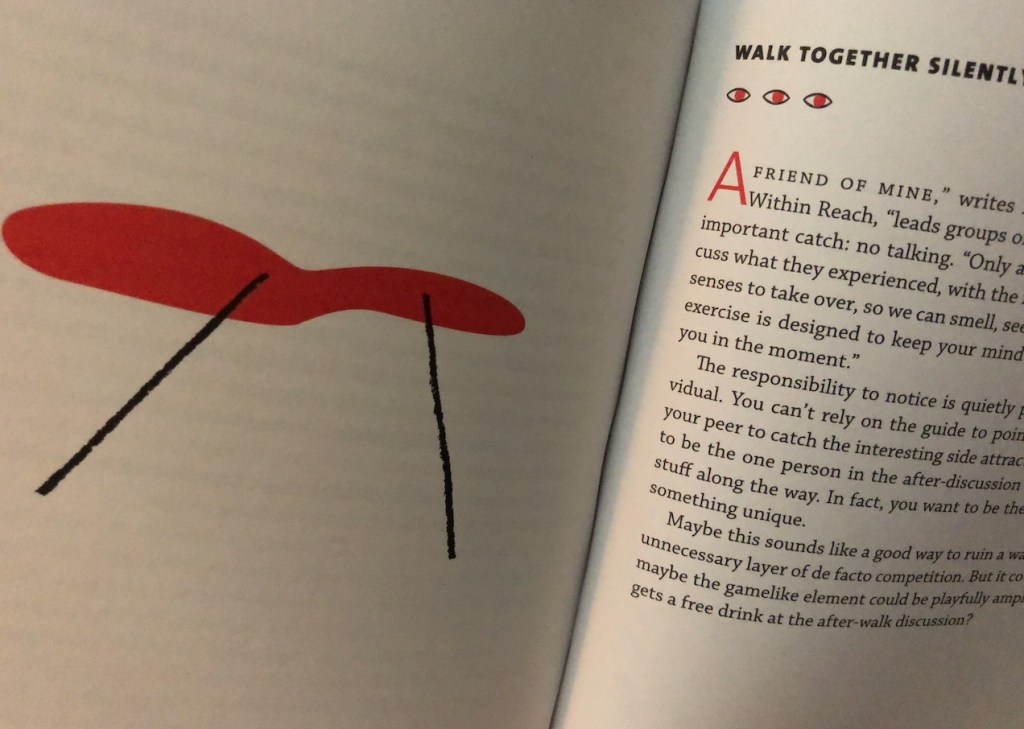The men of experiment are like the ant; they only collect and use. The reasoners resemble spiders, who make cob-webs out of their own substance. But the bee takes a middle course; it gathers its material from the flowers of the garden and of the field, but transforms and digests it by a power of its own. – Francis BaconAnd, a bit less poetically, Guy Claxton writes about a study of creativity in “Hare Brain, Tortoise Mind”:
The study of creativity in many different areas shows that what is required for optimal cognition is a fluid balance between modes of mind that are effortful, purposeful, detailed and explicit on the one hand, and those that are playful, patient and implicit on the other. We need to be able both to generate ideas, and also to evaluate them. Intuition is the primary mode of generation. D-mode [deliberating mind] is the primary mode of evaluation.From an excerpt by English poet Alfred Edward Housman as he articulates his creative process using a balanced mix of intuitive and conscious effort (applicable to all artists, of course…):
As creatives, it often seems we try and forcefully recapture creativity or an idea when faced with the famous white canvas or blank screen. Maybe it’s during these times that we get off our duffs and go for a thoughtless stroll, or make a tea and play with the cat in order to allow something deeper than the intellect to percolate and bubble up in its own time.Having drunk a pint of beer at luncheon… I would go out for a walk of two or three hours. As I went along, thinking of nothing in particular, only looking at things around me and following the progress of the seasons, there would flow into my mind, with a sudden and unaccountable emotion, sometimes a line or two of verse, sometimes a whole stanza at once, accompanied, not preceded, by a vague notion of the poem which they were destined to form part of…When I got home I wrote them down, leaving gaps, and hoping that for their inspiration might be forthcoming another day. Sometimes it was, if I took my walks in a receptive and expectant frame of mind; but sometimes the poem had to be taken in hand and completed by the brain, which was apt to be a matter of trouble and anxiety, involving trial and disappointment, and sometimes ending in failure. I happen to remember distinctly the genius of the piece which stands last in my first volume. Two of the stanzas, I do not say which, came into my head, just as they are printed, while I was crossing the corner of Hampstead Heath between Spaniards Inn and the footpath of Temple Fortune. A third stanza came with a little coaxing after tea. One more was needed, but it did not come: I had to turn to and compose it myself, that was a laborious business. I wrote it thirteen times, and it was more than a twelvemonth before I got it right.






